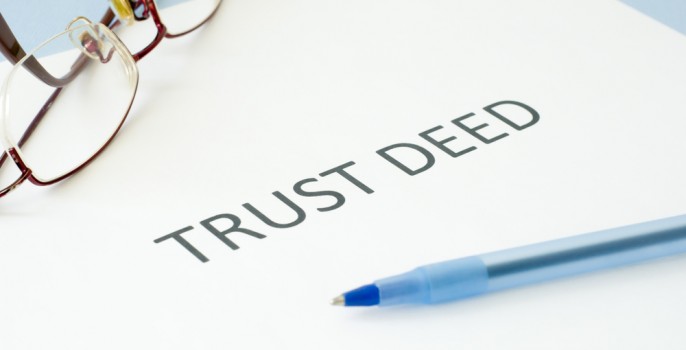Trusts demystified Posted on October 9, 2018

One of the big motivations will be to protect assets. Property and assets can be moved into a trust for protection from creditors, to maintain an estate until a beneficiary becomes old enough to have legal possession, or isolate valuable assets from a trading company that may be more exposed to litigation, for example.
Trusts, if set up in the right way, can help you legally minimise some tax liabilities. But it is a tricky area, and the taxman is always on the lookout to close perceived loopholes or an over-enthusiastic stretching of the scope for reducing tax. Specialised advice will go a long way here.
The word used to name these types of arrangements – ‘trust’ – is appropriate. A trust is a structure that separates control and legal ownership from beneficial ownership; so that at least one person and/or company agrees to hold and manage assets or property in a way that will benefit someone else (beneficiary). A trust therefore is a formal structure for an obligation, where ‘beneficiaries’ place their trust (in the sense of ‘confidence’) in the controller or holder of assets (called the ‘trustee’; again appropriate, as the receiver of their trust) to manage those assets for their eventual benefit.
Other parties in a trust structure include a “settlor” who contributes the initial trust asset (which may be anything, including a nominal $10 cash or even a house) to bring the trust into existence, and an “appointor” who generally has rights to appoint, replace and remove trustees.
You could almost liken a trust to a private jet. The jet is put under the control of a pilot (the trustee) to fly the jet while carrying the passengers (beneficiaries) to a destination (when the trust ends, or is “vested”) where the cargo or luggage (assets and property) is unloaded and given to the passengers again. During the flight, the luggage is maintained in the best condition possible and the passengers may occasionally be offered food and drinks if the ticket contract alllows it (the beneficiaries may be paid distributions from the trust).
Separate control from beneficial ownership
So, getting back to separating control from beneficial ownership, the structure of a trust allows a business or asset to be put into the hands of a third party (trustee) who is given legal control and has a duty to operate that business or manage these assets to benefit someone else (beneficiaries). This is known as a “fiduciary duty”.
There are various types of trusts. You can have a fixed trust, discretionary trust, hybrid trust, unit trust and many more, each with unique characteristics. A deceased estate is also a trust, being property and assets that are held and managed by the executor (the trustee) for those who will inherit them.
Trusts can exist even without explicit intention by the parties to create a trust – it is the existence of the necessary relationship (like the deceased estate example) that forms a trust, not formalities. Having said that, modern trusts are generally governed by written trust deeds, that spell out how it is set up and the rules for its maintenance, the rights and obligations of all parties, and also how income from the trust’s assets is “distributed”.
Distributions and tax
A trust calculates its annual taxable income under the usual tax laws and then the trustee distributes and/or retains the income. Income that is distributed to beneficiaries will be treated as though the beneficiaries earned it directly and will be taxable at their own marginal rates. On the flip side, the trustee has to pay tax (on behalf of the trust) on any taxable income that is not distributed. Undistributed income is taxed at the top rate (including Medicare levy).
When the trustee decides whether and how much to distribute to each beneficiary, the trustee should take into account each beneficiary’s financial, taxation and personal circumstances and distribute income in the way that best serves everyone. Of course, the trustee is restricted by the terms of the trust deed.
Types of trust
In a fixed trust, the share that beneficiaries have in assets and income (which may be proportional or absolute) are pre-determined and “fixed”, leaving no leeway for the trustee to vary income distribution. Unit trusts are typically fixed trusts as each unit held in the trust represents an entitlement to a certain proportion of the income and/or capital.
A discretionary trust provides the trustee with a “discretion”, as the name implies, over who receives distributions from the trust. The discretion must be exercised in accordance with the terms of the trust deed.
A hybrid trust has characteristics of both fixed and discretionary trusts, and can be a unit trust with discretionary distribution options, or a discretionary trust but with certain entitlements that are fixed by the trust deed (so that, for example, a percentage always has to go to a charity). A hybrid trust can be anything that is neither totally discretionary nor totally fixed.
Family trusts
A discretionary or hybrid trust can generally be a “family trust” for tax purposes if the trustee so elects, but distributions need to be restricted to members of a particular “family group” – only distributions outside this group will attract tax at the highest marginal rate (including Medicare levy).
Then why elect to become a family trust? There are a number of reasons and two key ones are; that beneficiaries of discretionary trusts may not otherwise be able to take advantage of franking credits attached to share dividends received by the trust and passed on to the beneficiaries, and that the trust would otherwise find it a lot harder to use past year tax losses against current year income.
“Ownership” conundrums
Another spur for trust use may occur if means or asset tests for government benefits are likely to figure in your financial future. Trusts can help here with the re-allocation of legal ownership without completely letting go of enjoying the benefits of the asset.
The other side of asset protection is a consideration for inheritance. If a prime asset is “owned” by a trust, like for instance a house with pristine beach front, and the trust deed is specific in terms of selling and/or maintaining the beach house, future generations of the family will be able to enjoy the same asset and not have it sold off by some initial inheriting spendthrift cousin.
There are pitfalls however, as well as challenges in getting the trust structure right. Asset safety and taxation can sometimes be competing interests, and other trade-offs made to take advantage of a trust structure need to be considered.
For instance, when selling your primary residence, one of the main requirements for this sale to be tax free is that it is held in your own name. This means trusts cannot generally sell a primary residence tax free.
There are many more variations not covered here, and much more regulation and specific considerations than can be covered in this section. The area of trusts is a complex one, and anyone considering setting up their own trust is well advised to seek expert advice, both accounting and legal.





